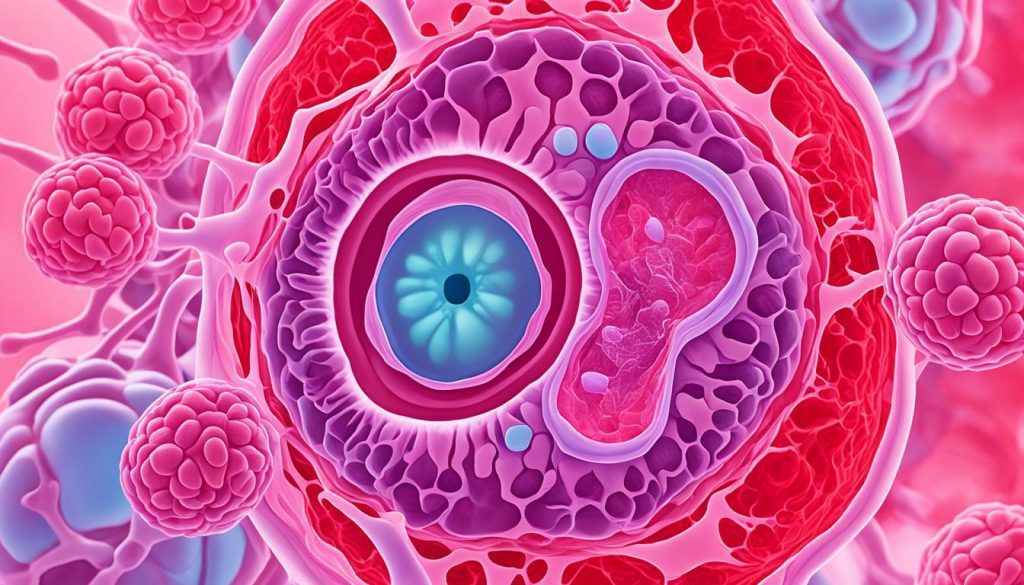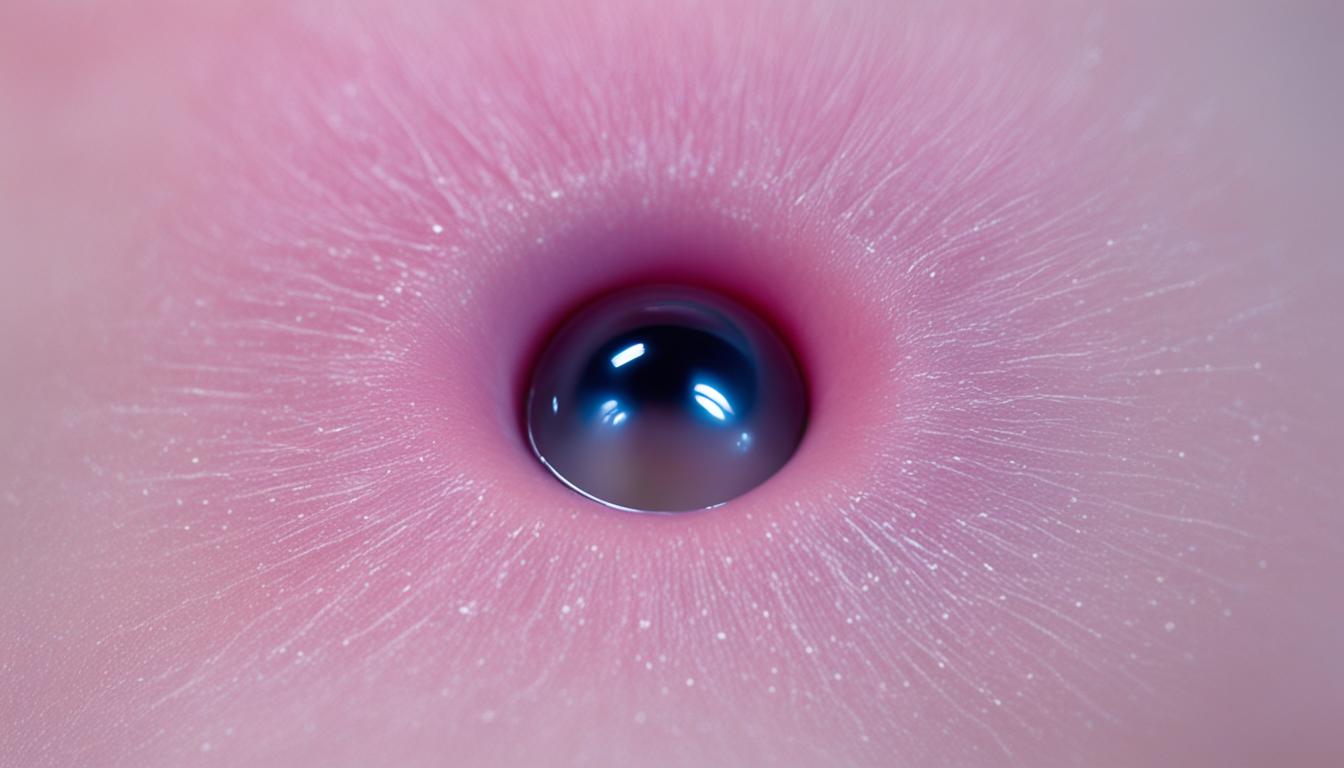A Bartholin’s cyst is a condition many women experience, causing them discomfort and sometimes complications. We will discuss the symptoms, causes, and ways to diagnose Bartholin’s cyst. Moreover, we will look into treatment options, highlighting stem cell therapy.
Key Takeaways:
- Bartholin’s cyst is an asymptomatic blockage of the Bartholin gland, often discovered during a pelvic exam or imaging studies.
- The cyst usually contains nonpurulent fluid and can lead to discomfort during sex, urinary irritation, and pelvic pain.
- Trauma, childbirth, or unknown reasons might cause it.
- A physical exam is generally how it is diagnosed. There are various ways to treat it, from simple to surgical methods.
- Stem cell therapy is a new approach being considered for managing Bartholin’s cysts successfully.
Understanding Bartholin’s Cyst: Symptoms and Diagnosis
A Bartholin’s cyst can cause discomfort and pain, being a common gynecological issue. Recognizing symptoms and getting an accurate diagnosis are key. This helps in effectively managing the condition.
Symptoms of a Bartholin’s cyst include several signs:
- A painless lump near the vagina
- Discomfort during actions like walking or sitting
- Pain during sexual activities
- Fever, if the cyst is infected
If you notice these symptoms, it’s crucial to seek a doctor’s help. Warm sitz baths and over-the-counter pain relief can help at first. But, if symptoms stay or get worse, you need to see a doctor for diagnosis and treatment.
To diagnose a Bartholin’s cyst, doctors do a pelvic exam. They check the cyst’s size, where it is, and how it looks. Sometimes, they do more tests.
These extra tests could be:
- Testing for sexually transmitted infections to see if the cyst is infected.
- Doing a biopsy to check for cancer, if there’s a chance.
Proper diagnosis allows for treatment plans that meet each person’s needs. This is important for good care.
Causes and Risk Factors of Bartholin’s Cyst
A Bartholin’s cyst forms when the gland’s duct gets blocked. This might happen because of injury, swelling, or sometimes for no clear reason. The gland plays a role in creating lubrication for sexual activity. When blocked, a cyst develops. Sexually transmitted infections can lead to Bartholin abscesses. However, they’re not the main cause of cysts.
Some factors make it more likely to get a Bartholin’s cyst. If you’ve had one before, you might get another. Conditions like diabetes or having a weakened immune system also raise your risk. Also, this cyst is most common in women who can have children. The risk drops after menopause.
Risk Factors for Bartholin’s Cyst
| Risk Factors | Description |
|---|---|
| Previous cysts or abscesses | Individuals with a history of Bartholin’s cyst are more likely to experience recurrence. |
| Medical conditions | Conditions such as diabetes or immunosuppression can increase the risk of developing the cyst. |
| Age | Women of child-bearing age have a higher incidence of Bartholin’s cyst, which declines after menopause. |
It’s key to understand what causes a Bartholin’s cyst and its risk factors. This knowledge helps in finding ways to prevent it and manage it well.

Continuing to the next section: Treatment Options for Bartholin’s Cyst…
Treatment Options for Bartholin’s Cyst
The treatment for Bartholin’s cyst depends on its size, pain, infection presence, and life impact. Different options are there to manage it well.
Home Remedies
Small, painless cysts might not need medical treatment. Home care can ease discomfort. Sitz baths or sitting in warm water reduces inflammation and feels good. Over-the-counter pain relievers can also ease the pain.
Surgical Intervention
If the cyst causes symptoms or turns into an abscess, surgery might be needed. The common method involves cutting and draining the cyst. A tiny tube called a Word catheter may also be used. This outpatient procedure is done with local anesthesia, relieving symptoms.
Antibiotics
If there’s an infection with the cyst, antibiotics are the go-to. They fight the infection and bring down swelling. Always finish the antibiotics your doctor gives you.
Advanced Treatment – Stem Cell Therapy
In rare cases, stem cell therapy can be used for Bartholin’s cysts. This new technique uses stem cells to heal and reduce swelling. It aims to speed up recovery and might offer lasting benefits for these cysts.
Talk to a doctor to find out the best way to treat the cyst. They look at the cyst’s size, symptoms, and your health. The right treatment can manage the cyst, easing discomfort and improving life quality.
Conclusion
Bartholin’s cysts are a common issue for women of childbearing age. Understanding the symptoms, causes, and treatments is essential.
For mild cases, sitz baths and pain relievers can help. But, severe cases or infections might need surgery.
Stem cell therapy is a new and promising treatment. It could lead to better results for managing Bartholin’s cysts. Seeing a healthcare professional for a correct diagnosis and treatment plan is key.

